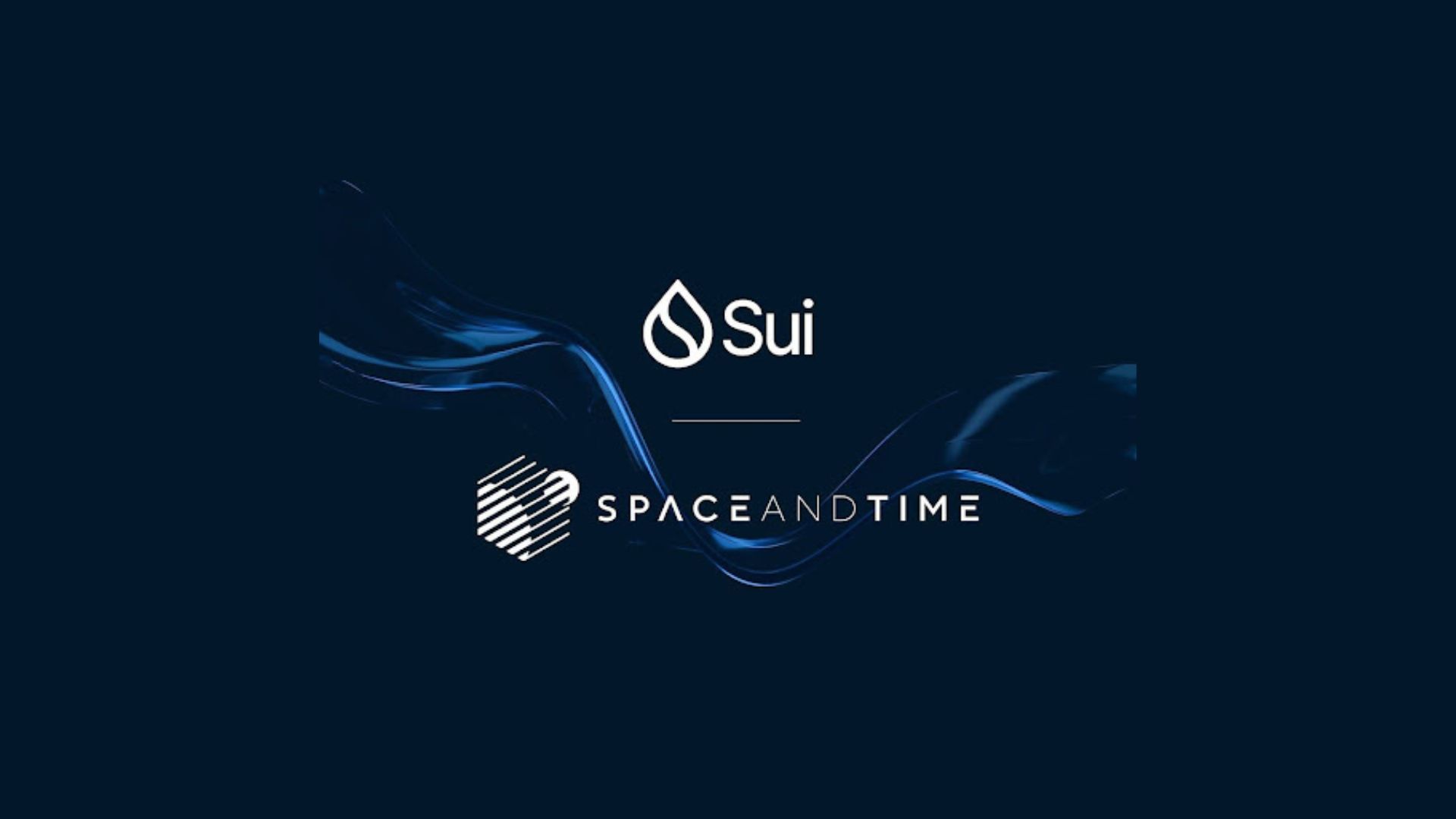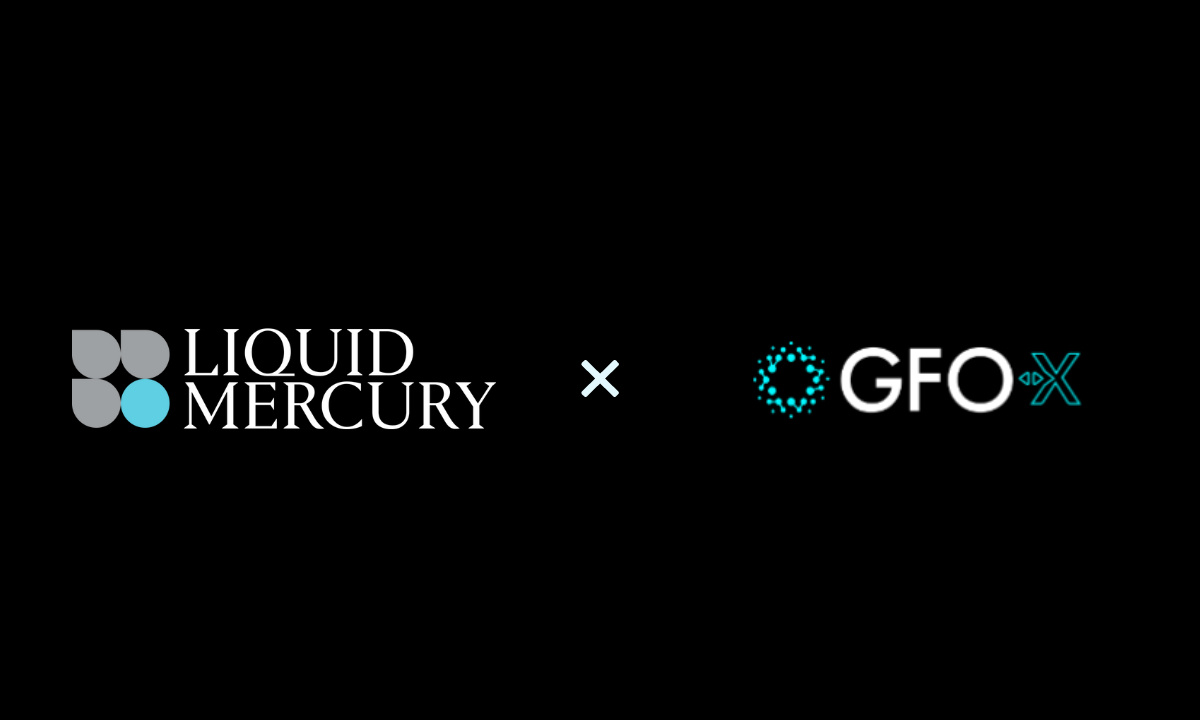The cryptocurrency and blockchain industry is known for many things, one being the incredible pace at which these technologies develop. With Web3 posing to revolutionize the online world as we know it, it has become a dynamic race to develop programs that will properly utilize all of the benefits the newest iteration the internet has to offer.
Perhaps one of the central debates the crypto community has been engaged in throughout 2020 has been Proof of Work (PoW) versus Proof of Stake (PoS), the latter potentially being one of the most important developments we could see this year. Now, liquid staking may end the debate as it provides universal flexibility that has rarely been seen within the fintech industry.
PoW vs. PoS: the validation revolution
In case you missed it, the blockchain industry is going through a validation revolution. In brief, when someone purchases a cryptocurrency token, their computer competes to solve a complex mathematical equation to confirm the transaction on a blockchain. Proof of work is the act of solving this equation and thus confirming the collection (the “block”) of transactions.
This is also called “mining” because the lucky person who successfully solves the equation is rewarded with a small amount of whatever token they’re working to help confirm. The greatest example of a blockchain using PoW is, of course, Bitcoin. You may have heard about Bitcoin’s incredibly energy inefficient method of confirming blocks – where the sheer amount of power needed to mine the token physically releases a tremendous amount of heat which famously heated a house in Siberia.
Proof of Stake is a completely different method of confirming transactions on the blockchain. Rather than having the miners chosen randomly, PoS selects the next miner based on how much of that token they’re willing to freeze in their account - this act of freezing is called “staking”. Usually, the probability of being chosen corresponds to the sheer number of coins a user has and ultimately stakes.
Ultimately, the more a participant has staked, the more they are rewarded for helping to confirm transactions on that specific blockchain. With staking, you don’t need mining hardware (which is quite expensive) and is a much more eco-friendly method of validation since it heavily reduces the amount of energy needed.
Is liquid staking the future of PoS?
Since PoS only allows users to stake the tokens of the blockchain that they’re contributing to, participants often have to load up on the asset that they’re staking in order to increase their chances of being selected for validation. This means one’s staked assets are frozen and thus completely illiquid. Liquid staking is a version of PoS in which participants can choose to stake any digital asset for a variety of blockchains and are given a derivative to trade in the interim as their assets are frozen. It literally makes whatever assets are currently staked, liquid.
A fantastic use case of liquid staking is the new DeFi project KIRA, which is building a new network that has the liquid staking module embedded into it. KIRA’s liquid staking tool is called Multi Bonded Proof-of-Stake (MBPoS), which allows members to stake any digital asset from interconnecting blockchains – including, but not limited to cryptocurrencies, digital fiat, digital real estate, commodities, and art.
Users are given 1:1 derivatives when their assets are staked, and are thus able to continue to earn revenue off of these assets through block and fee rewards, maintain liquidity, trade assets, and retain custody, all at a lower risk. This also enables a constant rotation of power within the network and increases the number of members validating different transactions.
Trading tokens from a variety of independent blockchains (without the pesky scaling limitations) seems to be a natural next step in the crypto industry. Liquid staking is a transformative pivot away from traditional PoS, avoiding the classic “rich get richer” model that rewards those who create the largest stakes and prevents users from temporarily losing custody of their assets. By opening up users to a more liquid, safer, and efficient method of staking, the industry can move towards a more environmentally conscious and egalitarian method of validation.
Investment Disclaimer












